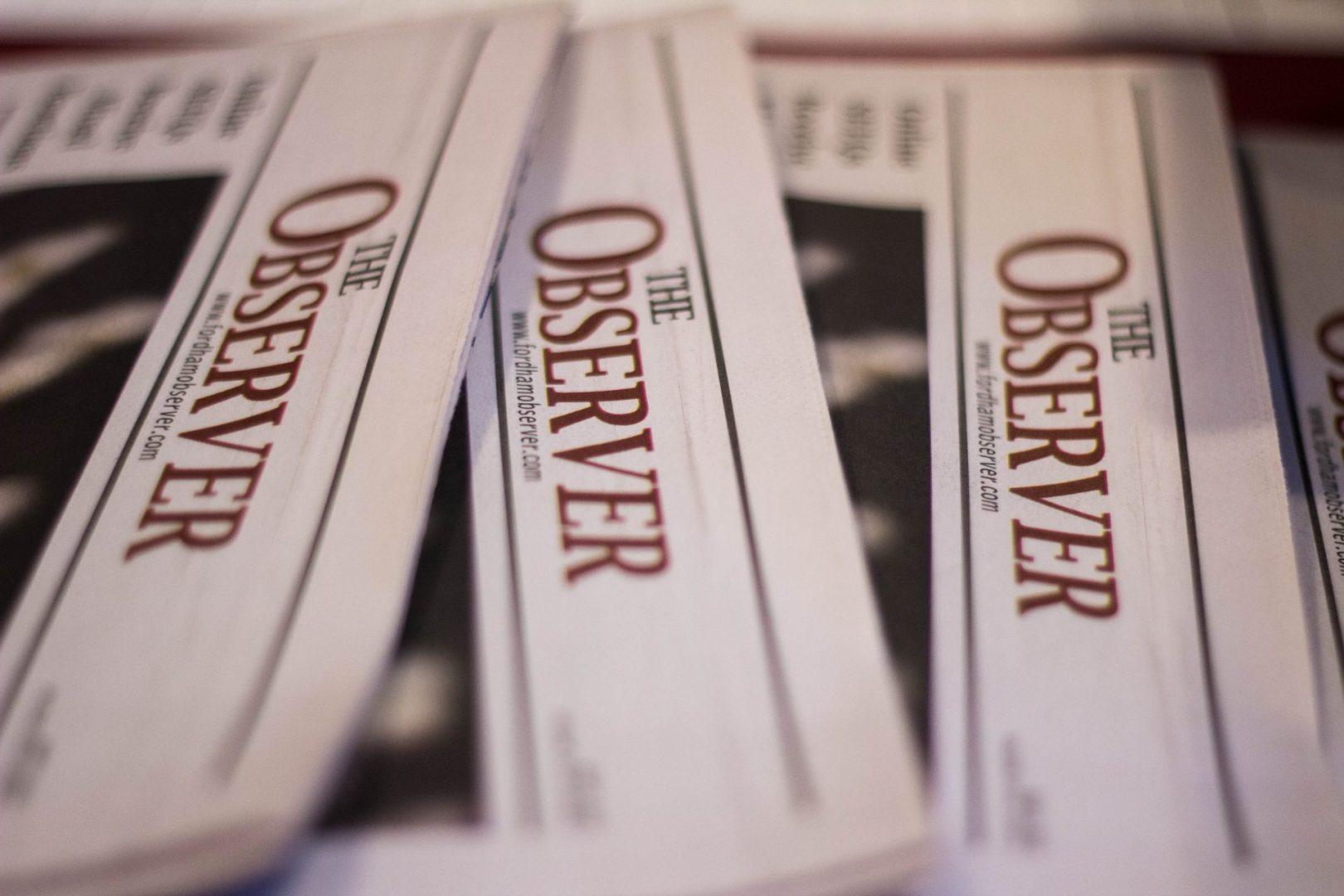Staff Editorial: Empower Faculty to Use Technology
November 13, 2019
Printing is an incessant subject of debate at Fordham Lincoln Center. Long readings or book excerpts are posted on Blackboard with the expectation that they’ll be printed, annotated and stapled together for discussion.
But printing is much more costly, time-consuming and frustrating to deal with than it ought to be. The conveniently placed printers throughout Lowenstein are only open to faculty. There are only so many printing spots available to students, and too often, at least one stops working just as a line begins to form on the first floor of Quinn Library. As students, we understand that having the reading in front of us allows us to reference it in real-time, but the fixation on the printed page still seems misplaced.
It’s not surprising. At this point, we’re all familiar with Fordham’s awkward and distrustful relationship with technology in the classroom, and the headaches that result from it. At times it can seem unreasonable, Luddite-driven policy, handicapping ourselves out of fear, for which the consequences can be dire.
It’s common at Fordham, especially in the humanities, for professors to base their lectures and in-class discussions on the printed page; in extreme examples, however, professors may penalize students for coming to class without a printed version. These penalties come in the form of points off final grades, or even a directive to leave the class if they come empty-handed.
To make matters worse, professors don’t often realize the economic costs of printing for students because those costs don’t exist for them. While faculty at Fordham are given an allowance of 500 pages of printing per day, it costs students 5 cents per black-and-white page and a startling 25 cents per color page.
Some professors require these readings in print on principle — to prevent students from surfing the web on their electronic devices, or because paper is mistakenly considered to be superior to the online version. Although students may take longer to read virtual essays rather than print ones, they still perform at the same level for tests and quizzes — the amount of paper, time and money we spend pining after supposedly better comprehension outcomes is a waste.
This is far from the only example at Fordham of inefficiency and conflict caused by lack of awareness and tech literacy. How many times has a professor struggled to operate a projector, delaying the lesson? How often does a Google Drive error derail a dean’s presentation? When we fail to use the resources that technology places at our disposal, we pay the price in resources far more valuable: our time and money.
Technology in the classroom is an issue of education, both literally and figuratively. After all, tech literacy is a skill that can be taught like any other. If carefully regulated, better utilization of these resources will lead to better cost, time and environmental outcomes. The biggest hurdle isn’t the technology itself — often, that’s just a click away. What we need is an attitude shift.
The problems we face are not insurmountable. Even without simple technological fixes like disabling Wi-Fi, it would be a disservice to the teaching skills of our professors to assume that they are less engaging than a laptop or incapable of holding students accountable for paying attention in class. Further, seasoned academics with multiple degrees are perfectly capable of learning how an HDMI cable works. It just takes a little investment, a little training and a little confidence to realize the full potential of the technological resources at our disposal.
Faculty and administration alike need to take a clear-headed and pragmatic view of the incidental costs and work with students to devise simple, practical expectations. Technology may not be a cure-all, but there’s no need to fear it, either. Used properly, it can make all our lives a little easier — even by just shortening the printer line.










